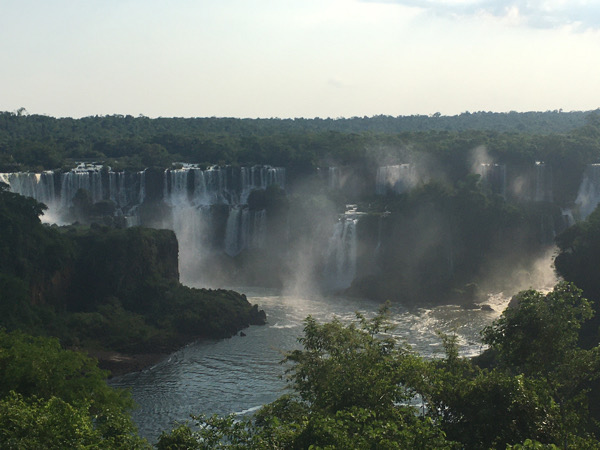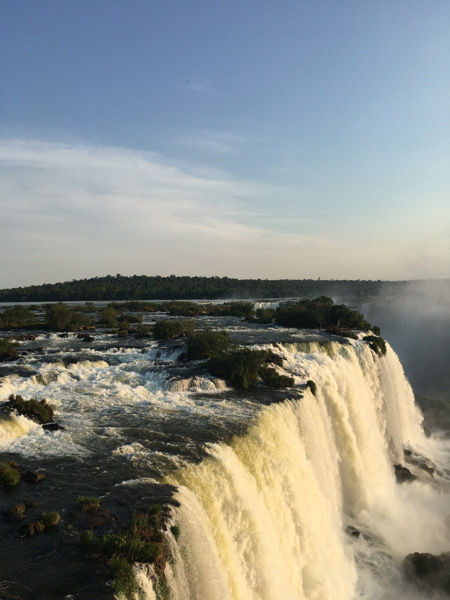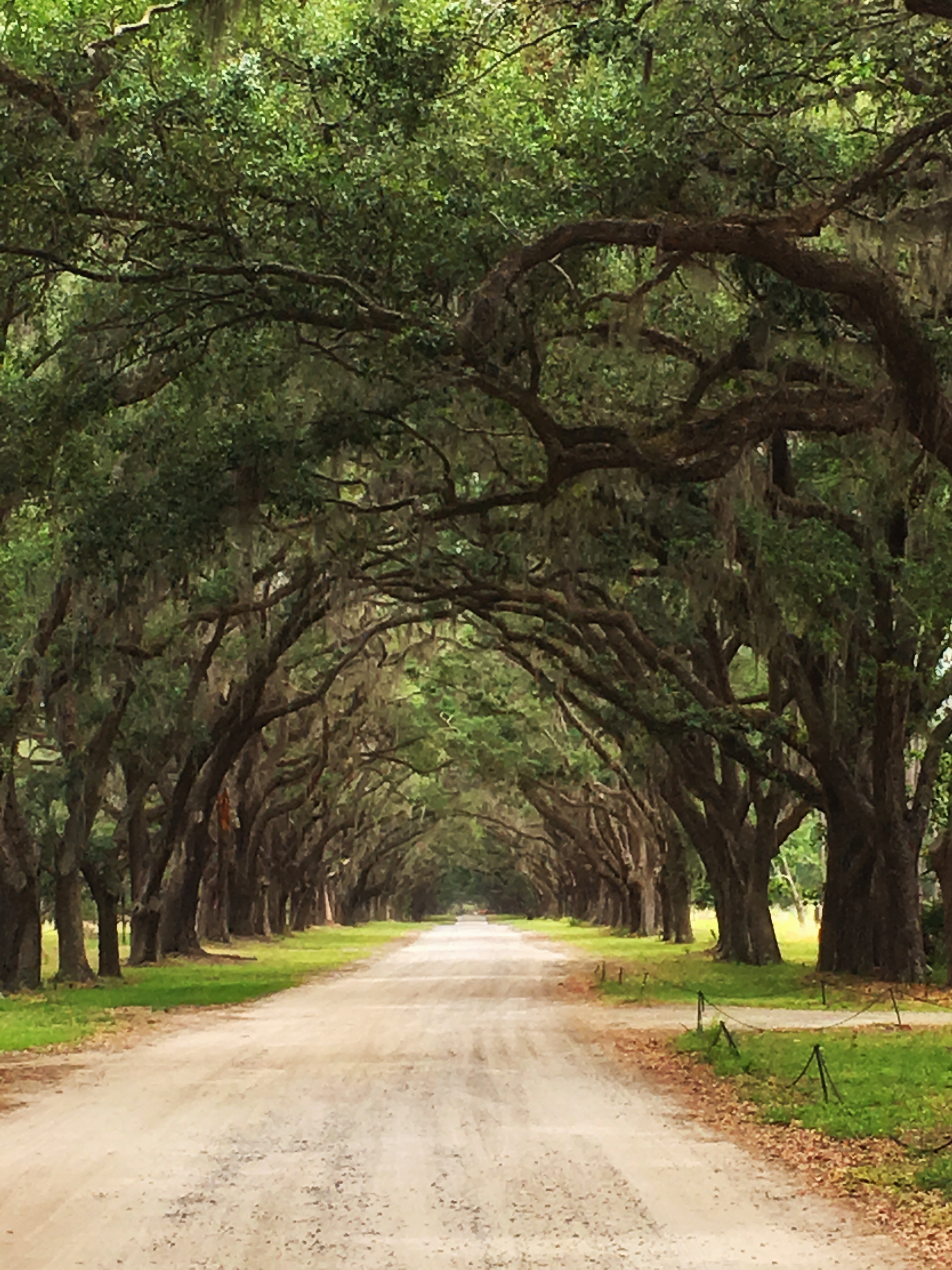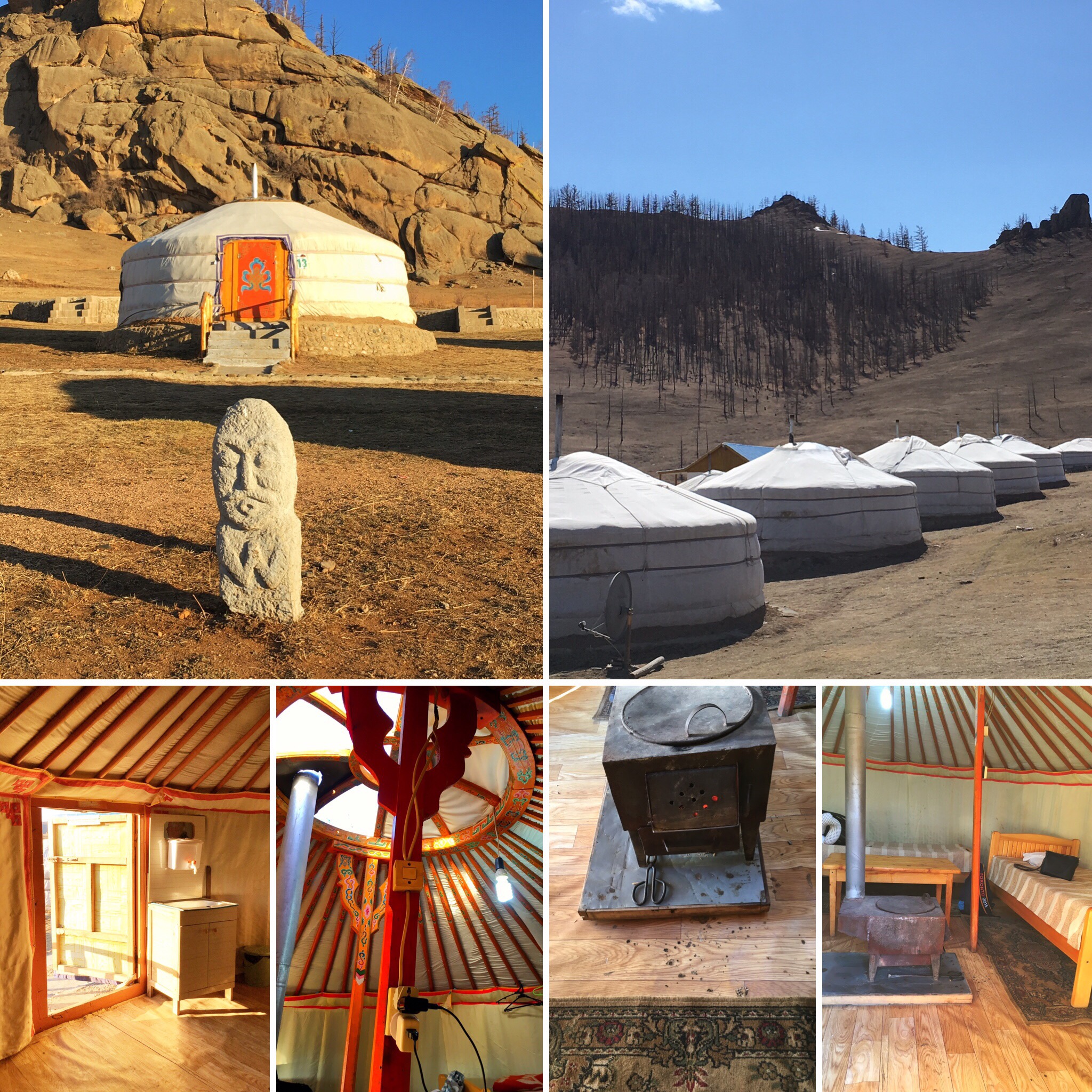My 423-day streak on DuoLingo Spanish, made me cocky, insisting we speak only Spanish (or Portuguese in E’s case) even though we rarely understood the true meaning of what people were saying to us.
For instance, there is a South American tea-like drink called mate, drunk from a special cup made out of a hollowed out gourd. It is paired with a flattened metal straw called a “bombilla” with notches on the end that filter out the leaves as you drink it. E is a longtime mate drinker from his years living in Brazil so we’ve been stopping at various stands to check out the cups or “cuias” and bombillas on display.
At one stall, a vendor, eager for a sale, rattled off an incomprehensible description of the bombilla in Spanish, which surprisingly included the word “alpaca” in addition to “plata.” I confidently, some might say resolutely turned to the others, “He said it is made of alpaca bone plated with silver.” L looked sceptical at that and E gently said something to the effect of “You’re crazy, girl.” E can’t do that too often, though, because he made the mistake of admitting how he’d brushed his teeth for some moments the other day before the lack of minty freshness made him realize he was brushing with hydrocortisone — the dangers of mixing a well-stocked first aid kit in with your toiletries. I haven’t yet told him that one potential side effect is increased hair growth on the forehead so I look away quickly when he catches me staring.
But the silver straw made from alpaca kept coming up at each stand so in an attempt to prove I was right, I finally googled “alpaca silver.” After the simple explanation that it is a metal alloy similar to a shiny stainless steel, Google added a pointed “It does not contain any alpaca (the animal). That question comes up often.”
To be fair, we’d understand more if DuoLingo taught the dialect of Argentine Spanish. Here they swallow the s in the middle of a word and add them other places. It is “mucha gracias” and “buena noches,” when spoken at least, even as they insist the s’s are there.
Another big difference is that y’s and double ell’s are pronounced as an sh and not as a y. Instead of what’s your name being cómo se llama (yama), it is cómo se shama. It’s not ayuda (help) but ashuda. We didn’t stay in Cafayate (Ca-fah-yah-tay), but Cafash… never mind.
Of course written Spanish has its own peculiarities. Leave the accent off of cómo and como se llama roughly translates to “I am eating your llama” (which we’ve actually had cause to say here. It’s delicious.) And in a bookstore, I saw the cover of Susan Orlean’s best-selling nonfiction work called The Library Book about the 1986 fire that destroyed the LA Public Library. In Spanish it’s called “La Biblioteca en Llamas” which was very confusing until we realized that llamas also means flames.
If the language takes getting used to, the road rules are simple. Pedestrians come last and presumably provide great traction for tires on pavement. To cross the street, we glued ourselves to locals, often schoolkids, or chose to jaywalk in the middle of a street. Most are one way so in the middle we only had one direction from which to get hit. Other than the largest streets, intersections are completely uncontrolled — no traffic lights, no yield signs and no taking turns. Cars keep going until one car hesitates or there is a foot-long gap in traffic, then the other direction jumps in and takes over.
In smaller towns, even the traffic lights work differently. The lane in each direction takes its own turn rather than north-south lanes going at the same time and then east-west. So when a northbound car has the green light, in effect it has a permanent advanced green, right turn green and straight ahead green at the same time. Then the next lane goes wherever it wants while the other three lanes wait. As pedestrians, we’d take so long to figure out which car was likely to hit us that the light would change before we could move and we’d have to start all over again.
After Iguazú, we flew to Salta, Northern Argentina, rented a car and drove the wine route south to Cafayate. Getting out of the city was hardest because the main roads are wide enough for three lanes but five cars will drive abreast in a staggered, flowing, bumper-cars manner. If the cars here were equipped with the side warning sensors back home, our car would have been beeping frantically with tachycardia. Much like we were.
Highway driving was a breeze in comparison and absolutely stunning as we wove through the pre-Andes on the southern wine route, stirring up dust. We stopped at deep-red rock formations called the Devil’s Throat and the Buried Houses and exclaimed over vistas of layered mountains into the distance and sandstone coloured in pink and tan. Cafayate itself was a small town with tons of wineries within walking distance that we took advantage of to escape the torrential rain that turned streets into rivers in minutes and then dried up almost as quickly once it had stopped. We toured the wine museum which had won awards for creativity but was not to our taste as all the placards were written in verse with flowery turns of phrase like “the water writes drop by drop a love story on the earth,” and something about “palpitating destiny” and “the wombs of grapes.”
We then drove north to Humahuaca and Purmamarca where the Inca culture is much more prevalent, along switchbacks though the Andes themselves, gaping at the deep dry gorge and rising to over 11,000 feet in elevation to the Salinas Grandes salt flats, a kind of white cracked tundra that stretches in both directions.
When we tell others what we’ve seen, they say we’ve hit many of the highlights. And after a few weeks here we now walk unflinching into traffic, weave around cars as we drive and speak to shopkeepers, hotel staff and waiters in Spanish without hesitation. Like I said, cocky. Until yesterday when we tried to order a sandwich. The stand was set up kinda like a Subway where you choose your toppings, or so we thought, not realizing that the long list of toppings were actually different flavours of mayonnaise. So we walked up confidently and basically said, I’ll have a chorizo hot dog with mayonnaise and blue cheese mayonnaise and garlic mayonnaise and onion mayonnaise and avocado mayonnaise and chimichurri mayonnaise. The long suffering sandwich artist sighed and complied. And we ate it resolutely like that was exactly what we’d intended.




































